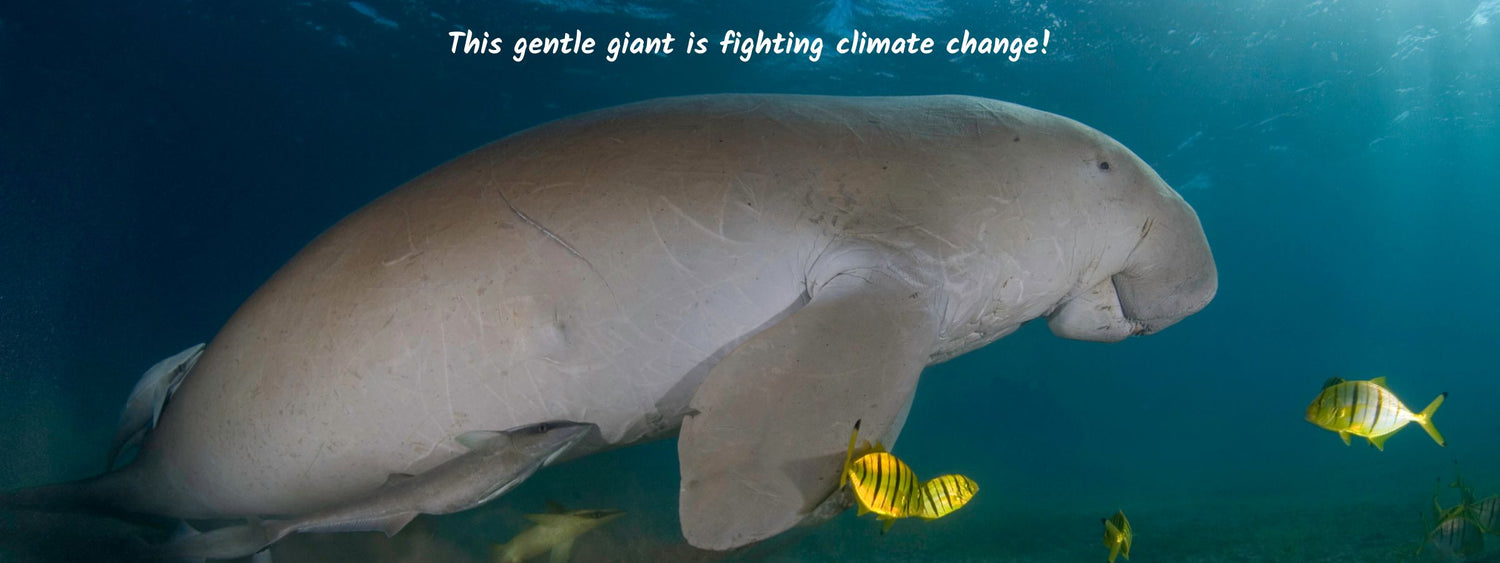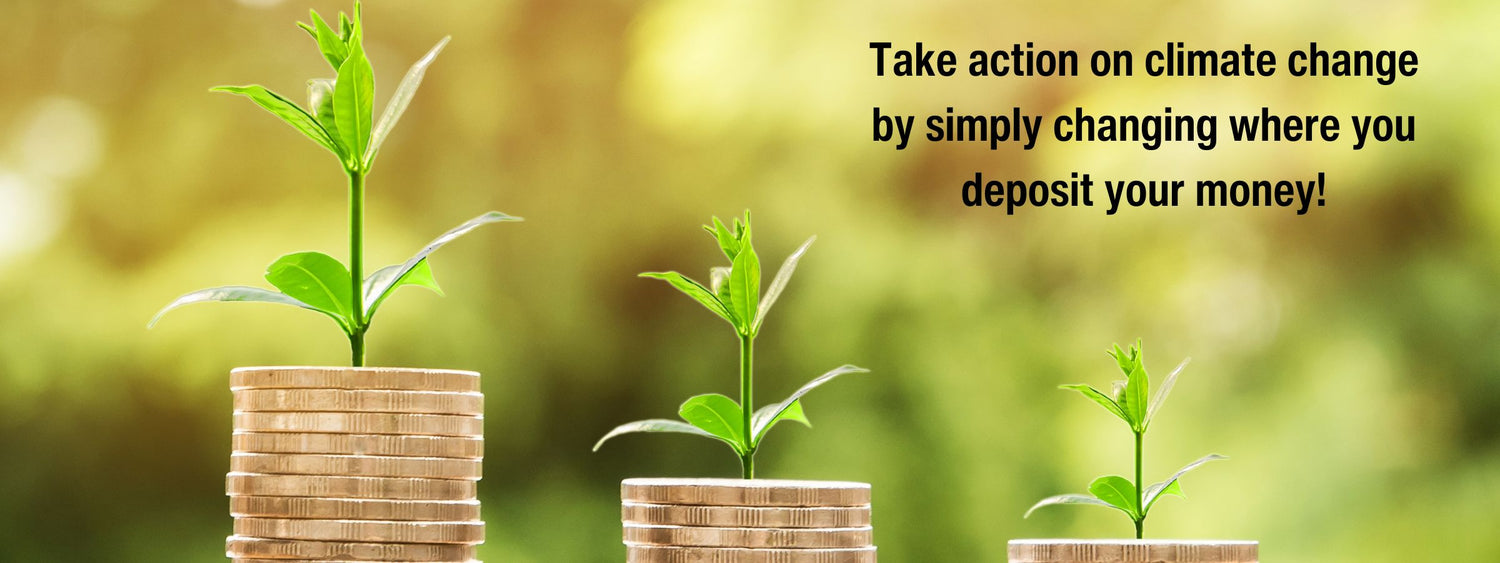Meet the fascinating Dugong…
Dugongs are shy, slow-moving marine mammals who enjoy spending most of their day feeding on seagrass.
They are often called ‘sea cows’ because of their placid nature. They're also a very social species.
Did you know that dugongs are more closely related to elephants - than any other marine mammal. How amazing!
They have a whiskery ‘moustache’ which they use to forage through the seagrass beds to find the best meal.

An adult dugong will eat about up to 40 kilograms of seagrass each day. That’s an important reason to keep seagrass lush and available for them.
And they can live for over 70 years. Wow!
Some interesting dugong facts:
💙 They can stay under water for about 6 minutes before having to rise to the surface for air.
💙 Dugongs have small eyes and don’t have very good eyesight, so that may be the reason they communicate though a language of complex sounds.
💙 Dugongs tend to occur in groups, or herds, as they are social animals. They can be a simple family group right up to a group of about 200.
💙 Did you know that the dugong is the only plant-eating mammal who lives its entire life in a marine environment?
💙 Due to their hefty size, dugongs only swim at a top speed of around 10 kilometres per hour.
In Australia, dugongs live in the shallow coastal waters from northern Queensland through to about the New South Wales border.
They are also found across northern Australia and down to Shark Bay on the Western Australian coast.
Dugongs live in other parts of the Indian and Pacific Oceans as well. They like warm shallow seas in areas where seagrass beds are found.
Dugong family life:

Dugongs can grow to over 3 metres in length and can weigh as much as almost 500 kilograms – that’s nearly half a tonne or a micro car!
They mature at between 10 and 17 years of age
A dugong cow is only ready to mate when she reaches 17 y.o. and then she only has a calf about every 3 to 7 years.
After giving birth, she nurses and nurtures her calf for 1–2 years. Being mammals, dugong calves suckle milk from mammary glands under their Mum’s flippers. The calf will start eating sea grass very soon after being born and it needs both milk and seagrass to help it grow quickly.
The importance of seagrass:
Because dugongs are herbivores, they feed exclusively on seagrasses. They chomp off the leaves and chew the roots as they snuffle along the seagrass finding food - using their broad whiskery muzzle to move the food into their mouth.
Dugongs are the world’s only sea-dwelling herbivore, and they can eat up to 40 kilograms of seagrass daily. That’s a full time job!
In turn, the gentle dugongs feed in a way that promotes regrowth of the seagrass meadows, and that new growth then captures significant amounts of carbon dioxide.

Surprisingly, seagrass meadows can capture CO2 up to 35 times faster than a tropical rainforest!
So seagrass is not only the favourite food of dugongs, but it also has an important role in helping to prevent further climate change.
And like a farmer on land, the dugongs are specialists in keeping seagrass healthy and growing strongly - which then provides habitat for the multitudes of small fish that live in the thick waving seagrass.
Dugongs - and seagrass - are amazing!
Threats to our dugongs:
Being so large, their main predators are large sharks, saltwater crocodiles and killer whales.

Baby dugongs will hide behind their Mum if there is danger about - kinda cute, eh?!
A surprising threat to dugongs is underwater noise… It disrupts their means of communication because they use sounds - so other 'artificial' noise (boats etc) can confuse their messaging.
Some other concerns are dugongs getting tangled in discarded fishing nets (they can suffocate), accidental boat strikes, destruction of the seagrass beds, pollution from coastal industry, and degradation of coastal waters from development.
A quick word about the Cultural values for Indigenous communities:
“Dugongs have important cultural and social values for Aboriginal and Torres Strait Islander people living in coastal areas of northern Australia.
Hunting these species is important for maintaining family relations (kinship) and social structure, has important ceremonial and community purposes and also provides valuable protein in regions where fresh food is expensive and difficult to obtain.
Indigenous communities are working collaboratively with government agencies and scientists to develop and implement community-based management for sustainable hunting of dugongs. This work is primary supported through the Australian Government's Caring for Our Country and Working on Country programs.
Under the Native Title Act 1993, Traditional Owners have the right to take marine resources, including hunting of dugongs for personal, domestic or non-commercial communal needs and in exercise and enjoyment of their native title rights and interests.”
Note: The above quoted information is from the Department of Climate Change, Energy, the Environment and Water (Australian) website.
https://www.dcceew.gov.au/environment/marine/marine-species/dugongs
The good news:
We’re very lucky in Australia to have some of the largest colonies of dugongs in the world.
And dugongs are doing an amazing job on the climate front by nurturing seagrass beds - and in turn this removes large quantities of Co2 from our atmosphere.
Do you agree that they seem to be the ‘cool dudes’ of the ocean? They look after their ‘farm’ in the sea with a slower, Earth friendly lifestyle. ☮
What do you think? Leave a comment if you think dugongs are amazing!
I hope you have enjoyed reading this blog as much as I have enjoyed writing it for you. Remember to bookmark it now so you can come back again at any time. 😊 Thanks.
Did you already know that dugongs are helping to lower carbon emissions?
Let us know in the comments below – we love to hear your thoughts…
And if you enjoyed this blog, please share with a friend who loves the sea - or dugongs!
Twizzle Designs stocks truly Australian made, eco-friendly, unique gifts for your friends and family. Helping you make it easy to find just the right present for all occasions. 🎀
We also donate to:
💚 Planting trees
💚 Supporting conservation of Australian native wildlife, and
💚 Helping to save our planet by donating to environmentally aware charities.
Because these are the things that are close to our heart. 😊
Find out more here:
https://www.twizzledesigns.com.au/collections/eco-gifts





